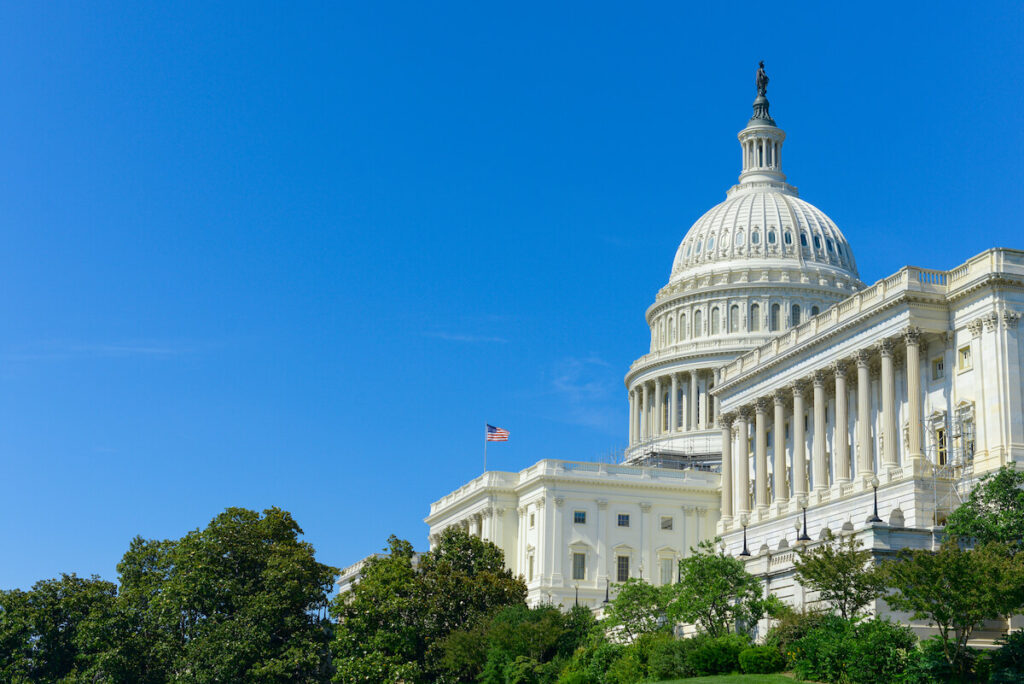Stimulus checks and unemployment benefits
The new COVID relief bill offers the following:
- Direct payments of $1,400 to Americans earning less than $75,000 as individuals or $150,000 as couples.
- $1,400 for each dependent child and each adult dependent for eligible families.
- Decreasing direct payments for Americans earning more than the amounts mentioned above, with a cap at $80,000 for individuals and $160,000 for couples.
- Extended unemployment benefits of $300 per week until September 6, 2021.
- Waiver of federal income taxes for the first $10,200 of unemployment benefits received in 2020 for households earning less than $150,000.
- Families with mixed-status citizenship will be included.
- The IRS has a deadline of December 31, 2021 to finish sending out the checks.
Rent and mortgage relief
Overall, the bill provides $26 billion in emergency assistance to renters and $10 billion to assist homeowners with their mortgages, utilities, and property taxes. An extended eviction moratorium is not included in the bill. The moratorium is scheduled to end on March 31, 2021. As introduced in the previous relief bill passed last December, the following remains true:
- Rental relief funds can be used for overdue rent and utility payments from the beginning of the pandemic, or for future bills.
- Tenants apply for relief through state and local relief organizations if these programs have been set up.
- States must use 90% of rental relief funds for households and residential rentals.
- Tenants must meet income-based eligibility requirements. They must also qualify for unemployment and must prove that they are at risk of losing their home.
- Landlord-tenant mediation and case management services will also be made available through this additional funding.
Small business relief
There is a total of $50 billion in business relief in the new bill. This additional funding will support the following:
- An additional $7.25 billion will go to the Paycheck Protection Program (PPP), with increased eligibility for nonprofits and digital media companies.
- The Economic Injury Disaster Loan (EIDL) program will receive $15 billion in additional funding to provide grants of up to $10,000 per business to small businesses in low-income communities.
- Restaurants and bars that have lost revenue during the pandemic will benefit from a $28.6 billion grant program.
- Live venue operators will benefit from additional funding for the Shuttered Venue Operators Grant program, which will receive an additional $1.25 billion in the new bill.
- The Community Navigator pilot program will receive $175 million to help small businesses in underserved and underbanked communities access the COVID-19 relief resources available to them.
- The Small Business Administration (SBA) will receive $1.325 billion to ensure that the agency has the necessary resources and manpower to implement relief programs for businesses.
- Assistance with Consolidated Omnibus Budget Reconciliation Act (COBRA) payments for laid-off workers.
Reopening schools
A total of $130 billion has been allocated to schools in the new relief bill, and additional funds were set aside for colleges as well. The additional funding is to support the Biden Administration’s goal of reopening a majority of K-8 classrooms nationwide within the first 100 days of his presidency.
Healthcare and nutrition
Critical programs for health, nutrition, and COVID-19 vaccine distribution, testing, and tracing are receiving additional funding. More specifically, there is:
- Additional funding for vaccine distribution, COVID-19 testing, contract tracing, and genetic sequencing.
- Assistance with Consolidated Omnibus Budget Reconciliation Act (COBRA) payments for laid-off workers.
- Substantial help with Affordable Care Act exchange premiums and subsidies.
- Additional Supplemental Nutrition Assistance Program (SNAP) benefits, increased by 15% through September 2021.
- Increased support for nutrition programs for children and older Americans, such as Pandemic EBT and Meals on Wheels.
Tax relief
The bill provides the following tax relief:
- Waiver of federal income taxes for the first $10,200 of unemployment benefits received in 2020 for households earning less than $150,000.
- Increased Child Tax Credit to $3,600 maximum for children up to age 5 and $3,000 for children ages 6 to 17.
- The full value of the Child Tax Credit will be available to people who currently may not qualify because their income is too low.
- Advance payments of the Child Tax Credit will be sent out during the second half of the year in installments.
- Any coronavirus-related student loan forgiveness passed between December 31, 2020 and January 1, 2026 will be tax free.
Aid to state and local governments
Critical funding for state and local governments is also included in the new bill. States, local governments, territories, and tribal governments are to receive $350 billion in aid to:
- Prevent massive layoffs for essential workers.
- Prevent job and budget cuts to education, transportation, and emergency response.
- Fill huge budget deficits caused by the pandemic.
